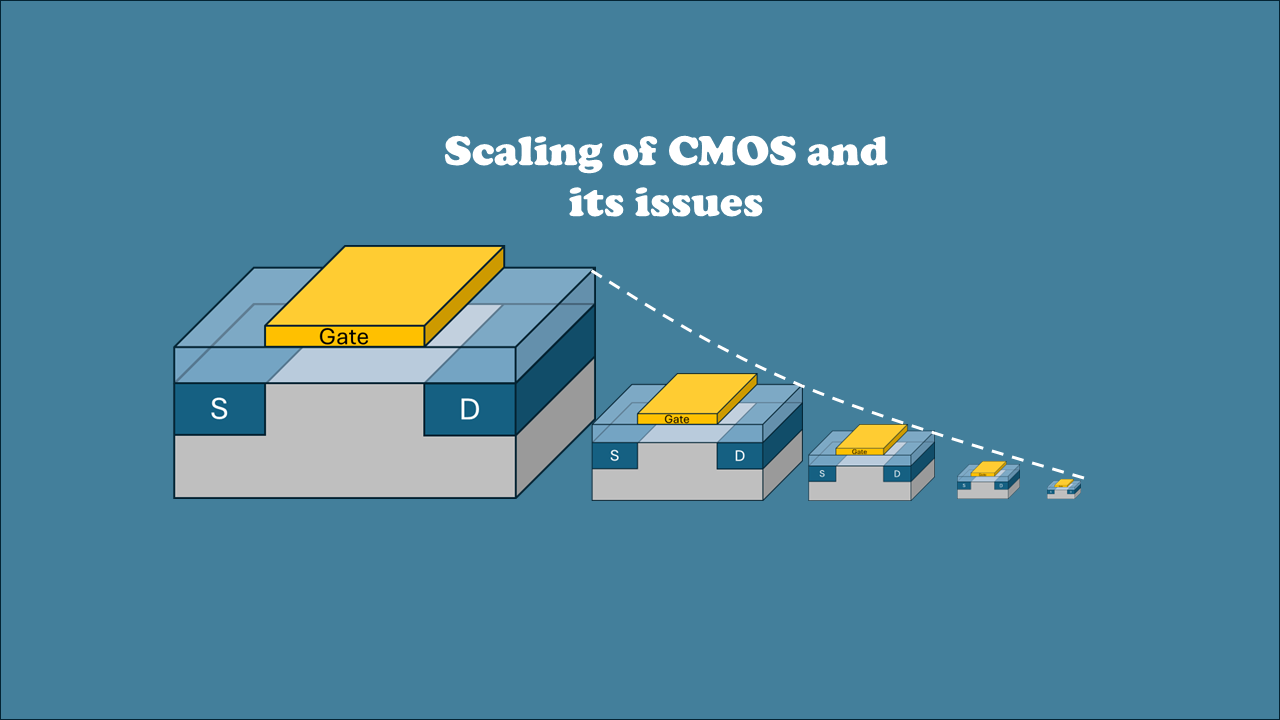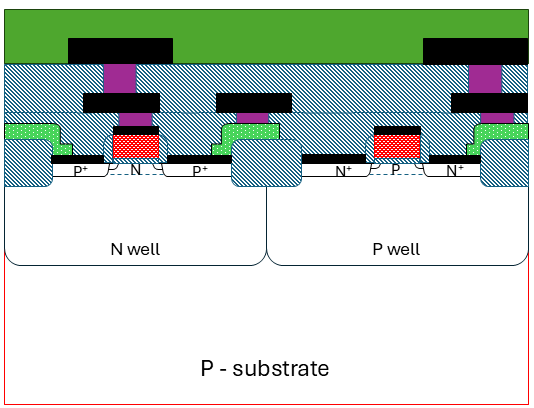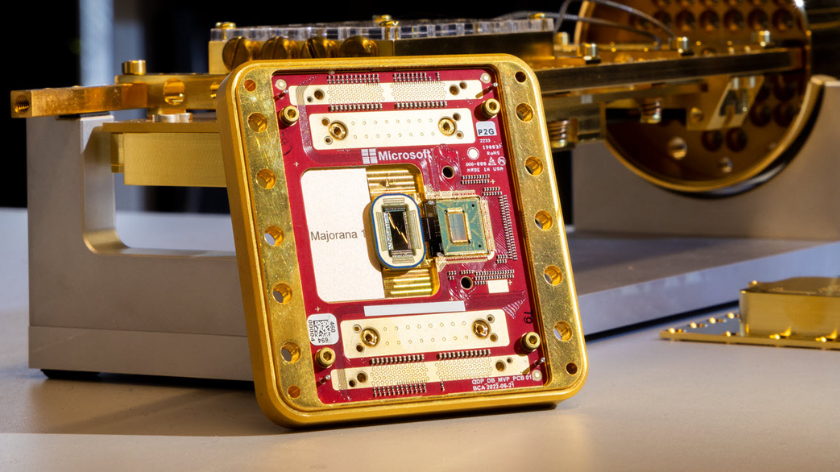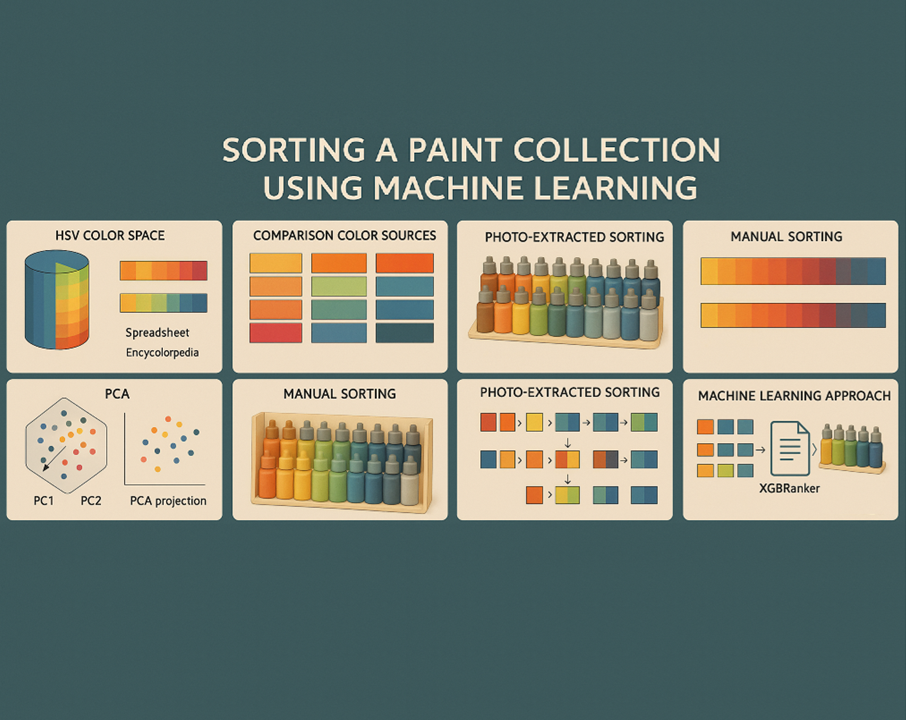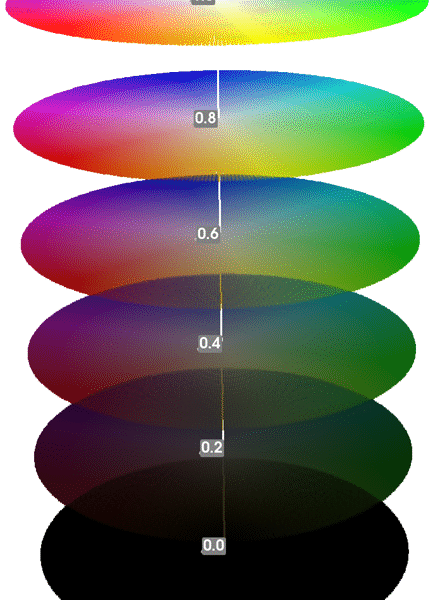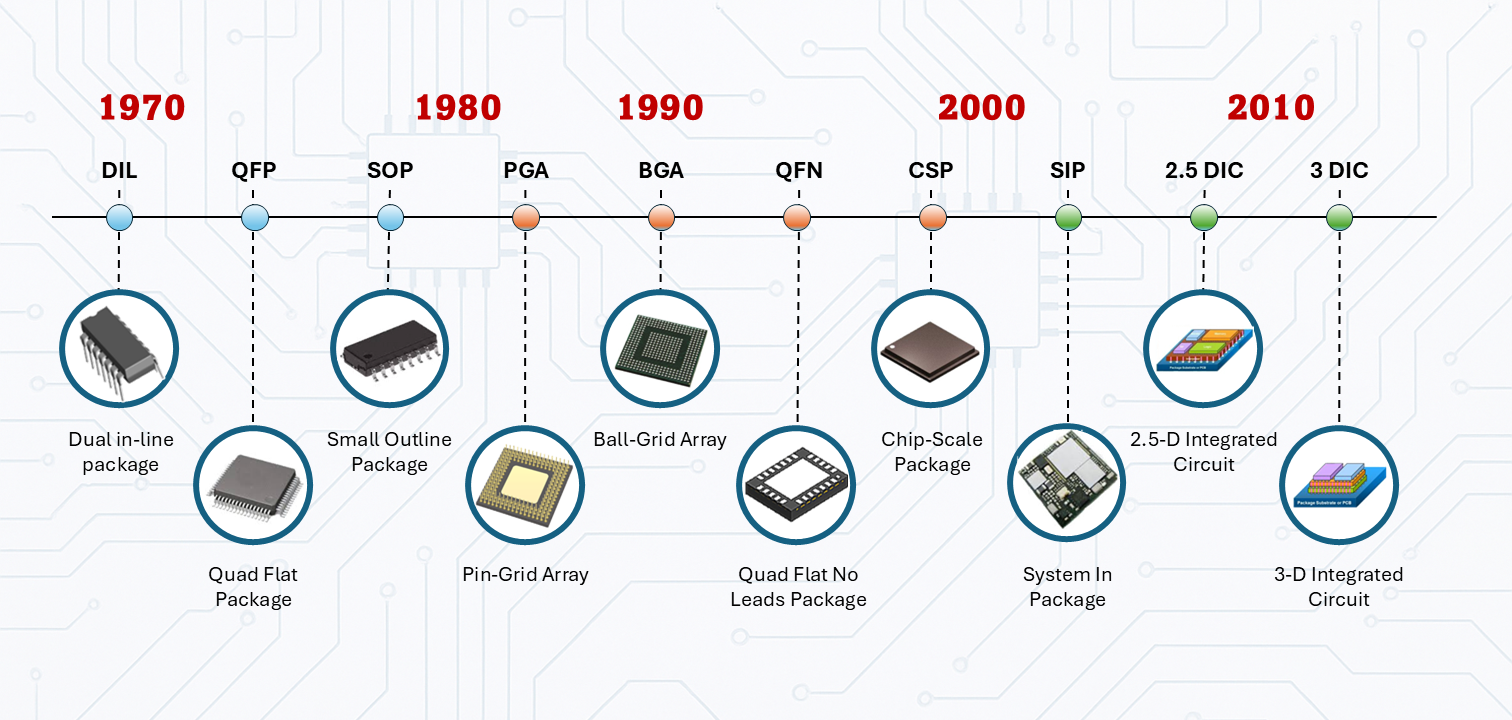Florius
Hi, welcome to my website. I am writing about my previous studies, work & research related topics and other interests. I hope you enjoy reading it and that you learned something new.
Most Viewed Posts
Scaling of CMOS and its Issues
Dennard scaling revolutionized microelectronics by showing that reducing transistor size and ...
CMOS Process Steps: 3um to 1.25um
CMOS chips are made using a twin-well process, with precise tailoring ...
The Physics and Technology of Metals
Understanding the conductivity of metals involves exploring their high electron mobility, ...
Majoranas: The Next Step in Quantum Computing
Microsoft’s Azure Quantum team is developing quantum chips using topological qubits, ...
3-phase IGBT-inverter – Working principles
In this article the 3-phase IGBT inverter and its functional operation ...
HSV color chart for vallejo paint
Curious how your paints stack up in color space? I analyzed ...
Latest Posts
IGBT vs MOSFET: How to Choose the Right Power Switch
This article compares IGBTs and MOSFETs for power electronics applications It covers efficiency trade-offs, conduction and switching losses, voltage/current guidelines, structural differences ...
Sorting Vallejo Paints with Machine Learning
This article explores how to visually sort color collections using both statistics and machine learning. After experimenting with PCA for dimensionality reduction ...
K-Means Clustering for Colors
Discover how K-Means clustering helps analyze and evaluate Vallejo Model Color paints using Rembrandt’s masterpiece as a case study. Learn to identify ...
Most Viewed
Latest Articles
Categories
Popular Tags
PIC16F877A (16)microcontroller (12)Academic writing (10)Spintronics (5)citation (5)tutorial (5)interfacing (4)All (4)APA Style (4)Dissertation (4)Magnetic materials (3)control (3)Embedded system (3)quantum mechanics (3)Einstein (3)LLG equation (3)References (3)APA guidelines (3)CV (3)Spin pumping (2)IEEE (2)GMR (2)PIC microcontroller (2)Reference list (2)Magnetization dynamics (2)cite (2)MOSFET (2)Plagiarism (2)PID tuning (2)Skills (2)professional development (2)FMR (2)research (2)academic research (2)interrupt (2)ion implantation (2)PWM (2)MOSFET scaling (2)quantum physics (2)Fermi level (2)Semiconductor Devices (2)display (2)semiconductor conductivity (2)IGBT (2)APA reference (2)


